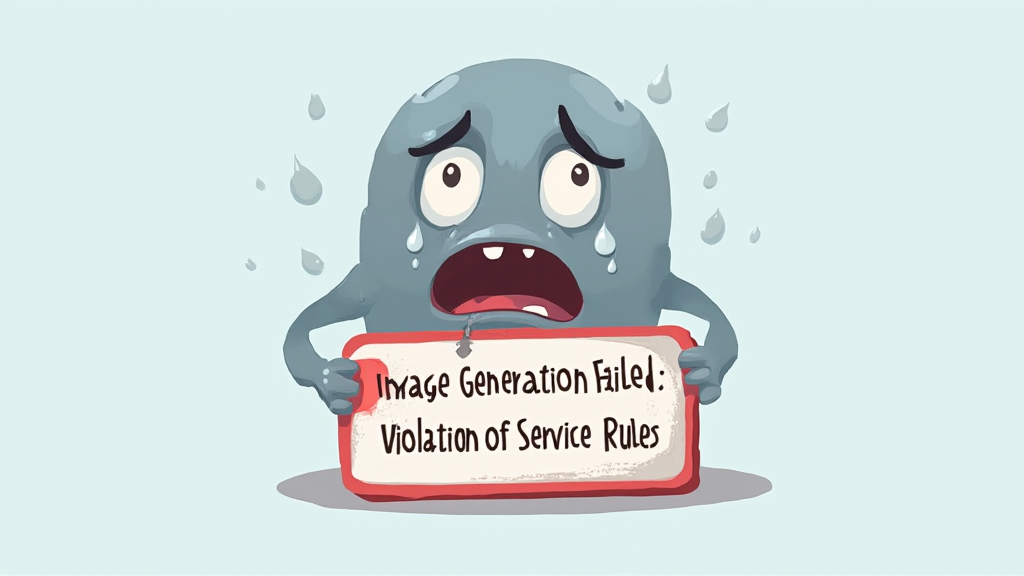Navigating the Stock Market Rollercoaster: Tips for Investors
What Causes Market Fluctuations?
Market fluctuations are primarily driven by a combination of economic indicators, investor sentiment, and geopolitical events. Economic data, such as GDP growth rates and unemployment figures, can significantly influence market perceptions. When these indicators show positive trends, investors often exhibit increased confidence, leading to higher stock prices. Conversely, negative data can trigger panic selling.
Investor sentiment plays a crucial role as well. Market psychology can lead to herd behavior, where individuals follow the actions of others instead than making independent decisions. This can create bubbles or crashes. Geopolitical events, such as elections or international conflicts, can also introduce uncertainty, causing volatility.
Understanding these factors is essential for navigating the market. Knowledge is power in investing.
The Impact of Economic Indicators
Economic indicators significantly influence market dynamics. Key metrics include inflation rates, employment figures, and consumer spending. For instance, rising inflation can erode purchasing power, leading to decreased consumer confidence. This often results in lower stock prices.
Additionally, employment data reflects economic health. High unemployment typically signals economic distress, prompting investors to sell off assets. Conversely, robust job growth can boost market optimism.
Consumer spending is another critical factor. Increased spending usually correlates with economic expansion. It’s essential to monitor these indicators closely. Knowledge is crucial for informed decisions.
Investment Strategies for Uncertain Times
Diversification: Spreading Your Risk
Here are 10 trending article titles for a financial website based on the latest news and analysis of financial trends: No input data
Long-Term vs. Short-Term Investing
Long-term investing focuses on building wealth over time. This strategy often involves holding assets for several years, allowing for compounding returns. He can benefit from market growth. In contrast, short-term investing aims for quick gains. This approach requires active management and a keen understanding of market trends.
Short-term strategies can be riskier. He may face higher volatility. Investors must be prepared for rapid price changes. Each strategy has its merits. Understanding personal goals is essential.
Utilizing Technical Analysis
Key Indicators to Watch
Key indicators are essential for effective technical analysis. He should monitor price trends and volume levels closely. Price trends indicate market direction, while volume reflects the strength of a movement. High volume often confirms a trend’s validity.
Additionally, moving averages can provide insights into potential reversals. They smooth out price data, making it easier to identify patterns. Support and resistance levels are also crucial. These levels indicate where prices may reverse. Understanding these indicators is vital for informed trading decisions.
Chart Patterns and Their Significance
Chart patterns are vital for technical analysis. They provide insights into potential future price movements. Common patterns include head and shoulders, triangles, and flags. Each pattern has distinct implications for traders.
For instance, a head and shoulders pattern often signals a trend reversal. He should be cautious when this pattern appears. Conversely, triangles can indicate continuation or reversal, depending on the breakout direction. Recognizing these patterns can enhance decision-making. Knowledge is essential for successful trading.
The Role of Fundamental Analysis
Evaluating Company Performance
Evaluating company performance is crucial for informed investing. Key metrics include earnings per share, revenue growth, and profit margins. These indicators provide insights into a company’s financial health. He should analyze trends over multiple quarters.
Additionally, understanding the competitive landscape is essential. Market position can significantly impact future growth. He must consider qualitative factors, such as management effectiveness. Strong leadership often correlates with better performance. Knowledge is vital for making sound investment choices.
Understanding Market Sentiment
Understanding market sentiment is essential for effective investing. It reflects the overall attitude of investors toward a particular security or market. He should consider indicators like the Fear and Greed Index. These tools gauge emotional responses to market conditions.
Additionally, news events can significantly influence sentiment. Positive news often leads to bullish behavior, while negative news can trigger panic selling. He must stay informed about global developments. Market sentiment can drive price movements. Awareness is key to navigating market fluctuations.
Risk Management Techniques
Setting Stop-Loss Orders
Setting stop-loss orders is a crucial risk management technique. These orders automatically sell a security when it reaches a predetermined price. He can limit potential losses effectively this way. By defining risk tolerance, he can protect his capital.
Additionally, stop-loss orders help maintain discipline in trading. They prevent emotional decision-making during market volatility. He should regularly review and adjust these orders. This ensures they align with market conditions. Knowledge is essential for effective risk management.
Position Sizing and Capital Allocation
Position sizing and capital allocation are vital components of risk management. Properly determining the amount to invest in each trade can significantly impact overall portfolio performance. He should consider factors such as account size and risk tolerance. This helps in minimizing potential losses.
Additionally, using a fixed percentage of capital for each trade can enhance consistency. He can avoid overexposure to any single investment. Diversification across various assets further mitigates risk. Understanding these principles is essential for sustainable investing. Knowledge is key to successful capital management.
Staying Informed and Educated
Resources for Continuous Learning
Resources for continuous learning are essential for investors. He should utilize financial news platforms, research reports, and academic journals. These sources provide valuable insights into market trends and economic indicators. Engaging in online courses can also enhance knowledge.
Additionally, networking with other investors can offer practical perspectives. He can join investment clubs or online forums. Staying informed is crucial for making sound decisions. Knowledge is power in the financial world.
Networking with Other Investors
Networking with other investors is a valuable strategy for gaining insights. He can exchange ideas and strategies that enhance his understanding of the market. Engaging in discussions can reveal different perspectives. This often leads to better decision-making.
Additionally, attending investment seminars and workshops can expand his network. He should seek out local investment clubs or online forums. These platforms provide opportunities to learn from experienced investors. Knowledge shared is knowledge gained.
